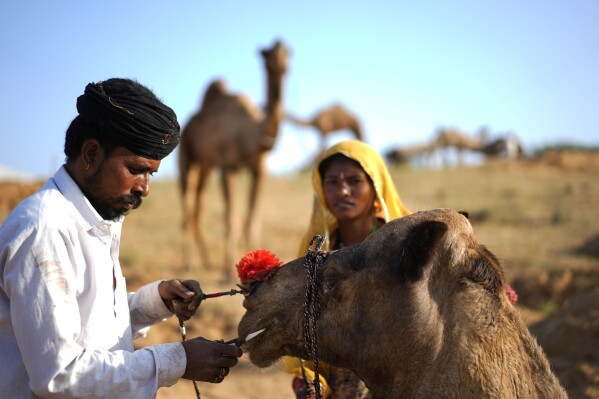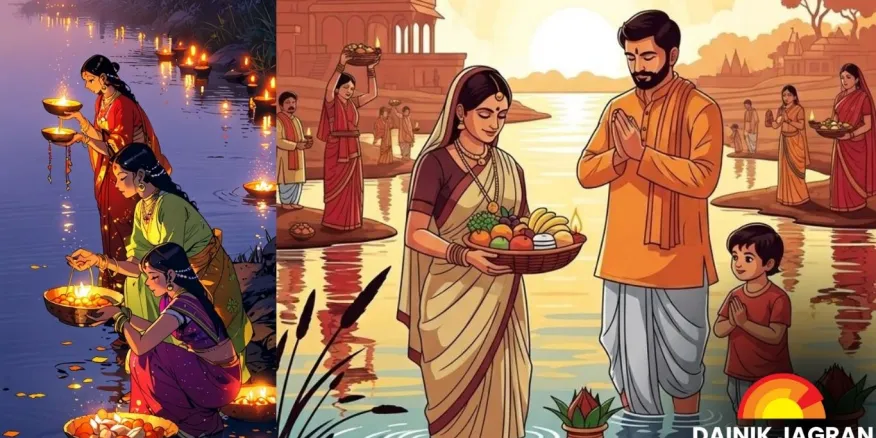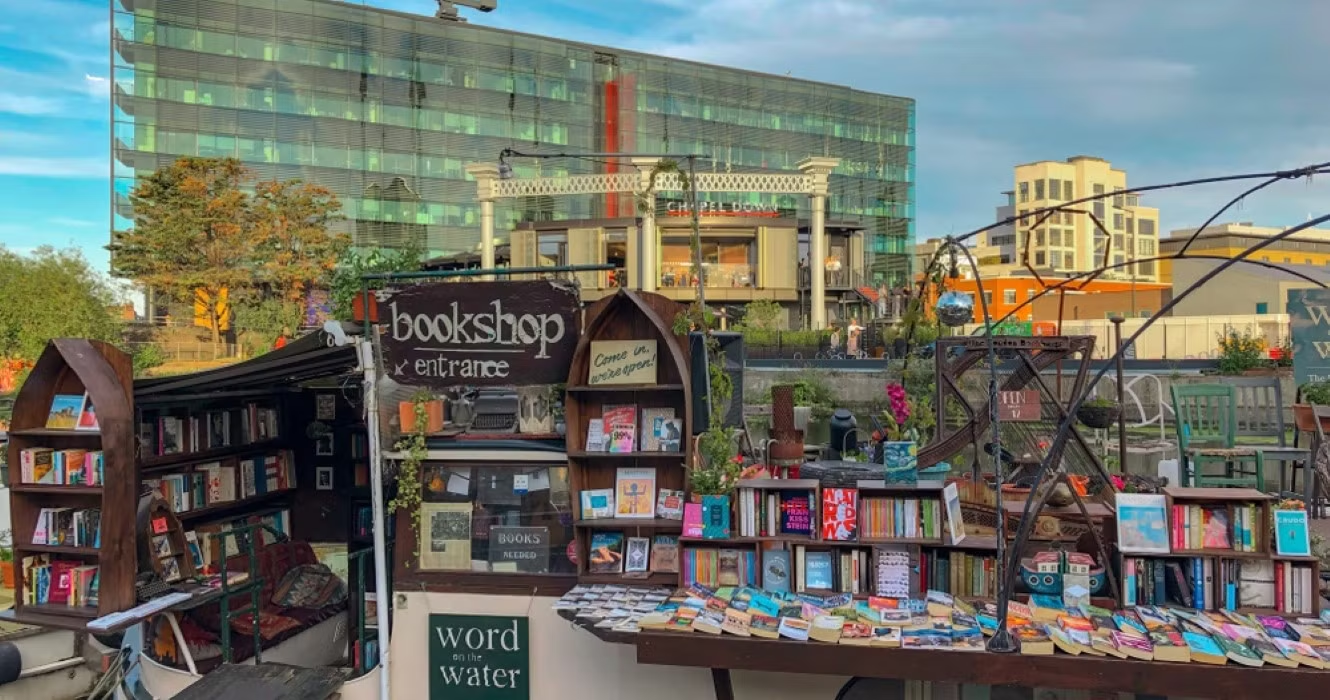Now Reading: The Traditional Camel Barber of Pushkar: Keeping a Desert Legacy Alive
-
01
The Traditional Camel Barber of Pushkar: Keeping a Desert Legacy Alive
The Traditional Camel Barber of Pushkar: Keeping a Desert Legacy Alive

In the heart of Rajasthan’s desert town Pushkar, the annual camel fair draws visitors from across the world. Amid the colorful chaos, one figure quietly carries forward a rare craft — the camel barber. Known locally as “oon ka ustad” (master of wool), these artisans shave intricate patterns into the camels’ fur, turning them into walking works of art. For locals, it’s more than just grooming; it’s a statement of pride, tradition, and skill.
The camel barber’s work is slow and meticulous. Using simple scissors and handmade tools, they create geometric shapes, floral patterns, and sometimes even portraits on the camel’s coat. This grooming isn’t only for aesthetics — it’s believed to keep the camel cooler in the desert heat while also making them stand out during trade negotiations at the fair. A beautifully groomed camel often fetches a better price.
For many of these barbers, the skill is passed down through generations. They learn by observing their elders, practicing on family-owned camels before earning the trust of other owners. The work requires patience, a steady hand, and deep knowledge of camel behavior. One wrong move could spook the animal, ruining hours of effort.
However, the tradition faces challenges. With fewer young people willing to take up the craft, and with modern buyers sometimes prioritizing utility over artistry, the camel barber’s role is at risk of fading. Still, in Pushkar, during fair season, the old masters set up their temporary salons in open desert spaces, scissors flashing under the sun as curious tourists stop to watch.
The camel barber of Pushkar is more than a tradesman — he is a custodian of a centuries-old desert culture. His work bridges the gap between utility and art, ensuring that the camels of Rajasthan remain not just beasts of burden, but symbols of beauty and heritage.

























